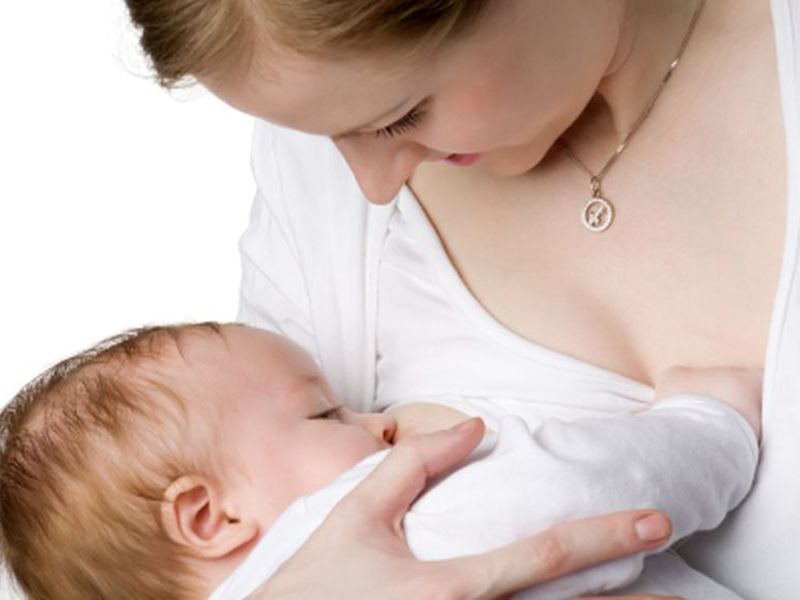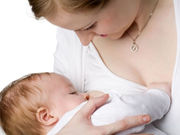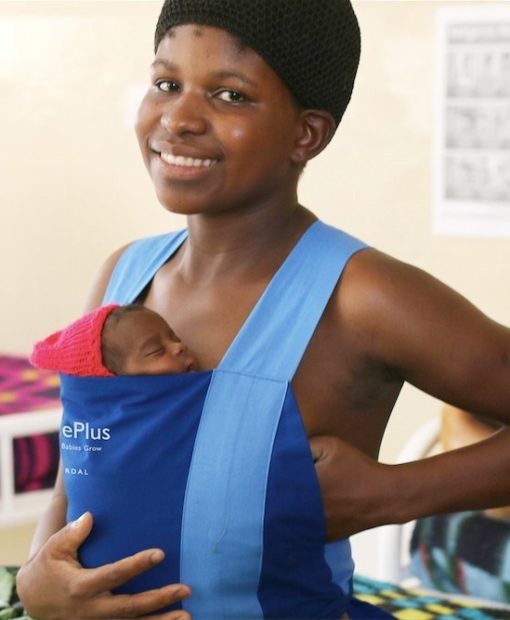Breast Feeding Rates Climb, But Many Moms Stop Early
While the CDC and the American Academy of Pediatrics recommends babies get only breast milk for the first 6 months of life, many Moms stop earlier than that.

Breast Feeding Rates Climb In the U.S.
Even as breast feeding rates climb, and more new moms in the United States begin breast feeding their babies at birth, many breast feeding moms also stop breast feeding sooner than recommended, a new study finds. In 2013, eight out of 10 newborns started out breast-feeding, which shows most mothers want to breast-feed and try to do so, according to the 2016 Breastfeeding Report Card from the U.S. Centers for Disease Control and Prevention. But only about half of infants are still breast-feeding at 6 months of age. And fewer than one-third (30.7 percent) are breast-fed at 12 months, the CDC reports.
The American Academy of Pediatrics recommends breast-feeding exclusively for the first 6 months of life, followed by breast-feeding along with other foods until at least 12 months of age. After that, the academy says breast-feeding can continue as long as mother and baby wish.
There are a number of reasons pediatricians say breast is best. Besides the nutritional benefits, breast-feeding protects babies against respiratory illnesses, ear infections, stomach bugs and some allergies. The rate of sudden infant death syndrome (SIDS) is reduced by more than one-third in breast-fed babies. And babies who are breast-fed are less likely to become obese teens and adults, according to the academy.
“We are pleased by the large number of mothers who start out breast-feeding their infants,” said Dr. Ruth Petersen, director of CDC’s division of nutrition, physical activity, and obesity. “Mothers can better achieve their breast-feeding goals with active support from their families, friends, communities, clinicians, health care leaders, employers and policymakers,” Petersen noted in a CDC news release.
Examples of such support include breast-feeding education programs, improved maternity care practices in hospitals, peer and professional support for new mothers, and sufficient space and equipment to breast-feed or express breast milk in workplaces and child-care centers, according to the CDC.
More information
The U.S. Office on Women’s Health has more on breast-feeding.
SOURCE: U.S. Centers for Disease Control and Prevention, news release, Aug. 22, 2016
Copyright © 2016 HealthDay. All rights reserved.






 May 19, 2018
May 19, 2018 



 December 13, 2016
December 13, 2016 
